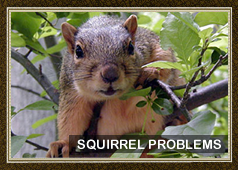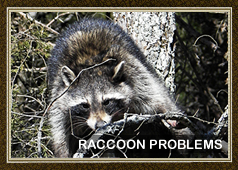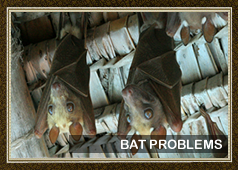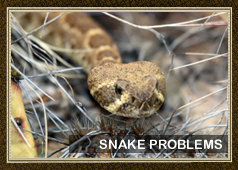



 |
|
The little brown bat is a small mammal with a body length of 3 to 3½" and weighing approximately 1/8 to 1/2 an ounce. The wingspan of little brown bats range from 6" to 8". Bats are the only mammals that engage in truly active flight. As their name suggests they are glossy brown above with a light buff color below. These bats can live 20 to 30 years. The Little Brown Bat is found from Labrador west to central Alaska and south to the Appalachians in Georgia and Arkansas. Located in most states except Florida, Texas, and southern California, the little brown bat is found abundantly throughout New Hampshire.
Little brown bats are insectivorous, eating a variety of insects including some agricultural pests. They can eat 50% of their own body weight each evening. During gestation and lactation, even more insects are consumed. These nocturnal mammals use echolocation to navigate and locate prey.
Bats hear high frequency sounds emitted by their prey. Contracting a muscle in the ear, these bats can block out their own sounds while still detecting prey. Little brown bats feed primarily over wetlands and other still water where insects are abundant. They use rivers, streams, and trails as travel corridors to navigate across the landscape. Bats will occasionally swoop down close to mammals to indulge on the insects that swarm around them, not to make a nest in the hair.
Little brown bats hibernate in clusters during the winter months, though little is known on hibernation locations in New Hampshire. Caves or mines are preferred but large tree cavities with favorable microclimates may be used. In order to minimize evaporative losses the humidity in these hibernation areas must be high, preferably over 90%. A constant temperature of 40 degrees F is desirable for hibernation.
Sexual maturity is reached in 6 to 9 months for females and a year for males. Breeding occurs from September to October but the female stores the sperm for fertilization in the spring. The young are born from mid-June to early July. Little brown bats generally have one offspring per year, occasionally two. The young become self-supporting within a month.
In summer females brood their young in dark, warm sites such as barns, attics, caves, hollow tree cavities and other protected areas. Little brown bat roost sites are highly variable and not well known. In temperate regions, they often use cavities along forest edges with high sun exposure.
|